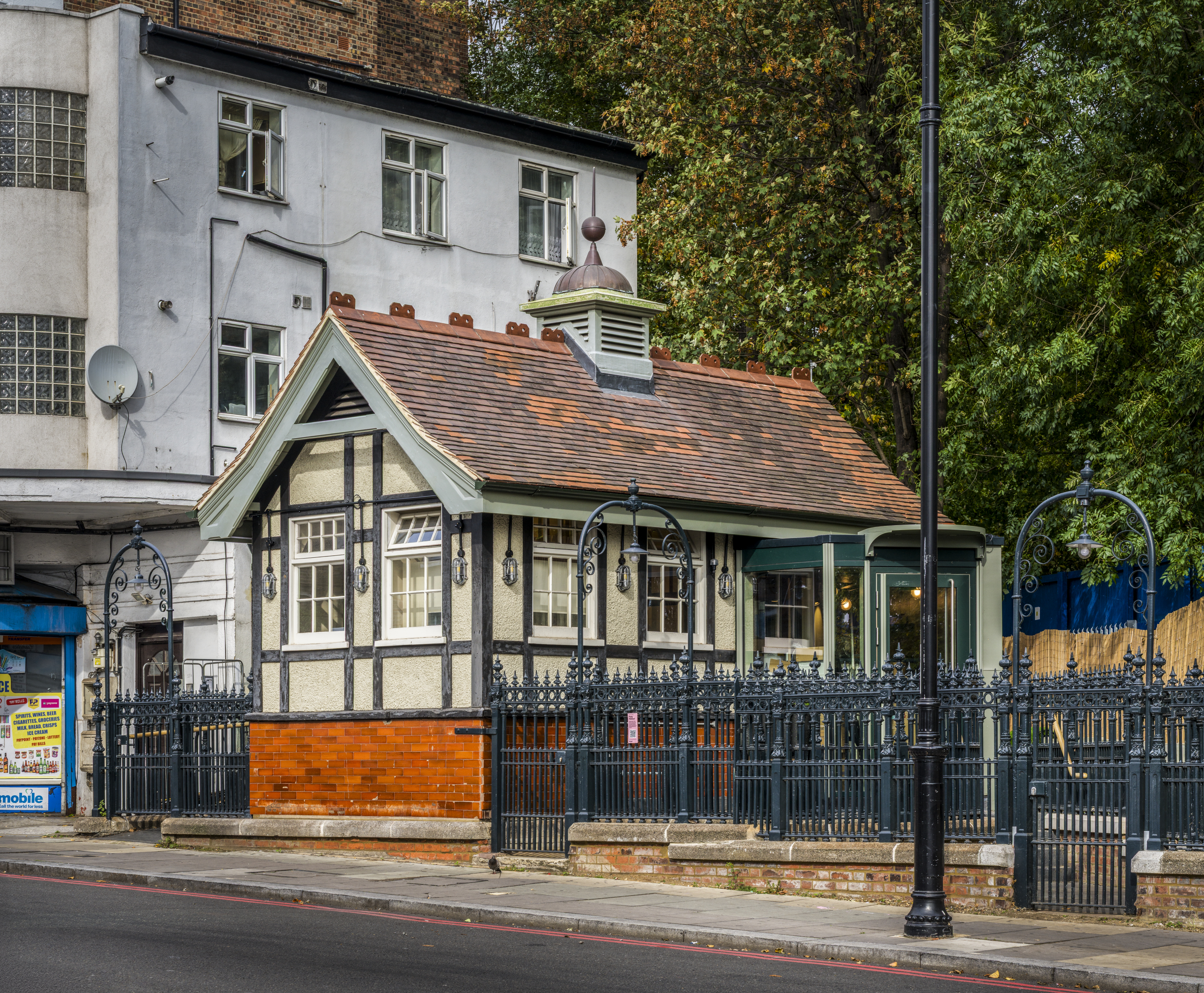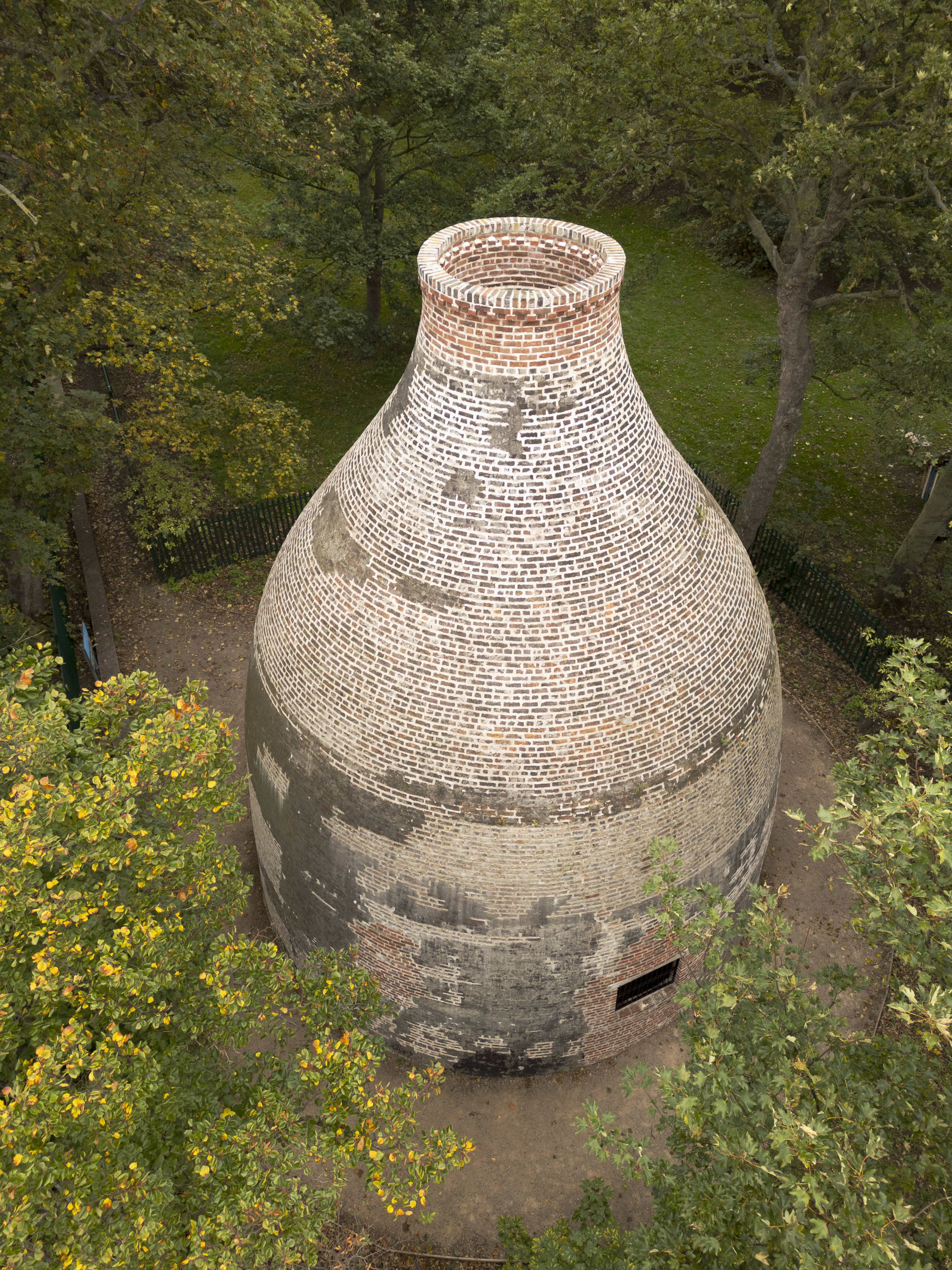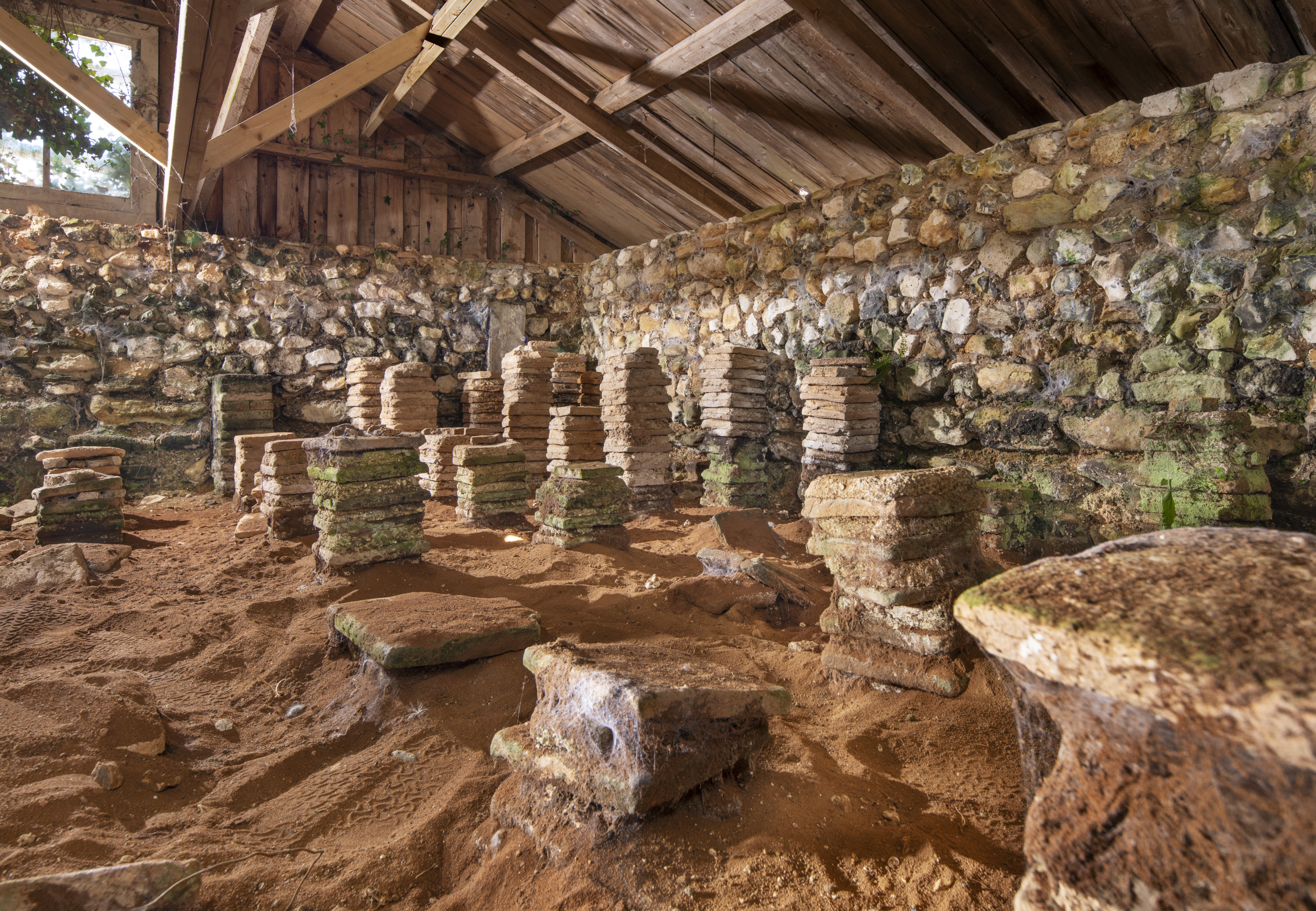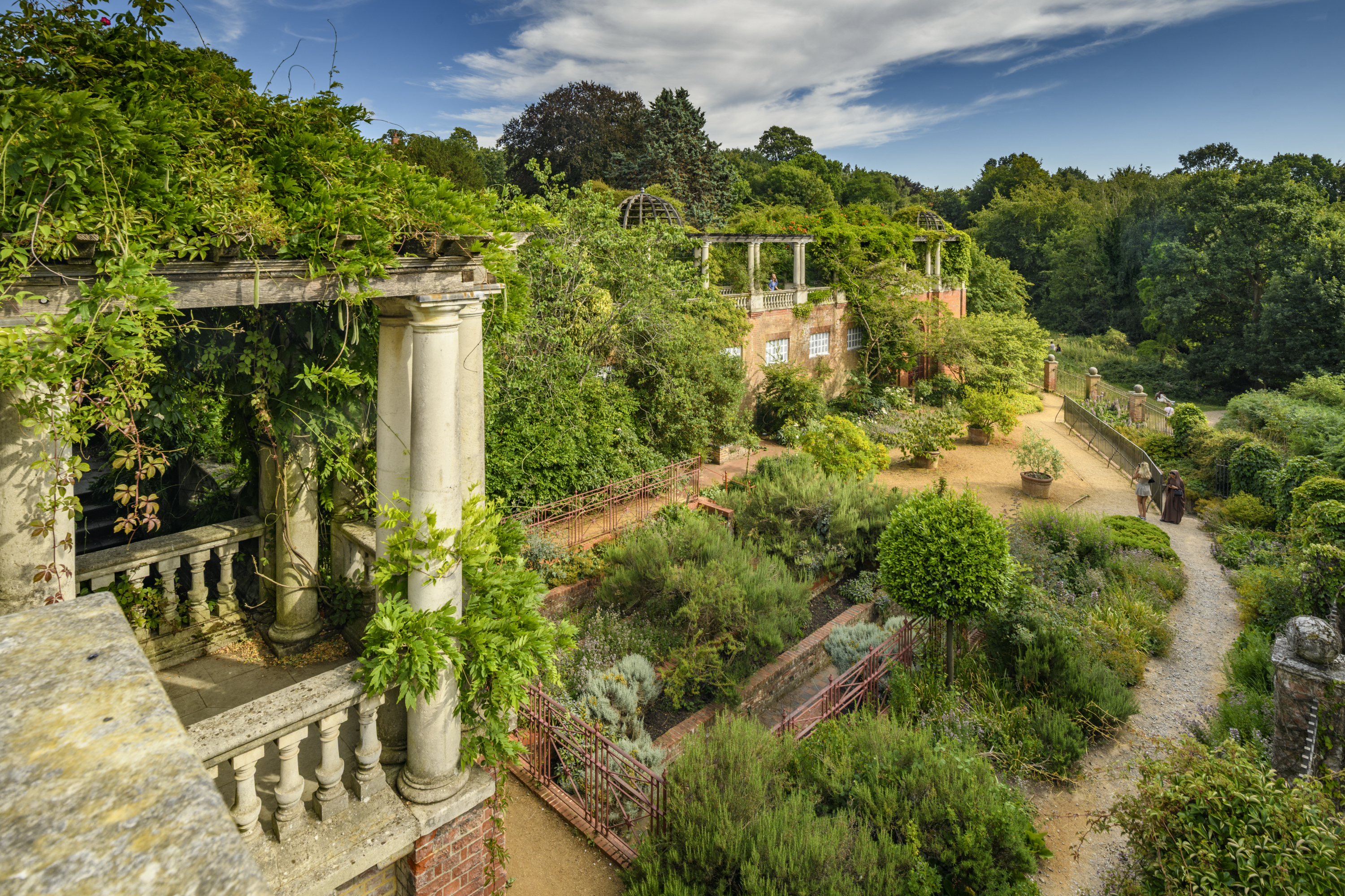But there is better news for Victorian loos and a porcelain works that produced pieces for royalty which have been saved from neglect and decay.
A Victorian public toilets, a smelting mill and a porcelain works that produced pieces for royalty are among the heritage sites saved from neglect and decay this year.
But the annual update to England’s heritage at risk register reveals key historic sites including Dr Jenner’s Hut – the birthplace of vaccination – in Gloucestershire, a Roman heating system on the Isle of Wight and Cromford Mills in Derbyshire, home of the modern factory system, are now under threat.
The latest update has been revealed by government heritage agency Historic England, with 129 sites saved and removed from the at-risk register, but 138 historic buildings and places added amid concerns over their condition and future.

Among the sites saved are Bruce Grove public toilets, in Tottenham, London, Victorian conveniences which are now serving the community as a cafe, community space and new public toilets.
Augill Smelting Mill, a piece of industrial heritage in the North Pennines National Landscape, has been saved through conservation work, while the previously-vacant Old School Coffee House, founded for “poor maids” in 1659 in Barnstaple, Devon, has been transformed into affordable housing.
And 26 Westgate (Old Judges House) In Gloucester, the largest timber-framed townhouse in England dating back to the 16th century, has been repaired with a grant from Historic England and is now home to the Gloucester Antiques Centre.
Two conservation areas in Hartlepool – Headland and Seaton Carew – have been saved with measures including development and heritage trails, and the Victorian gothic revival Papplewick Pumping Station in Nottingham is off the at-risk list following a £500,000 restoration scheme.

Rockingham Kiln in Rotherham, an important part of south Yorkshire’s industrial heritage which once produced flamboyant porcelain items for royalty and aristocracy including William IV has been removed from the risk register following repairs, Historic England said.
Many buildings and sites have been rescued with the help and commitment of local people, communities, charities, owners and funders including the National Lottery Heritage Fund, Historic England said, but warned many more important pieces of England’s heritage are at risk.
Among those buildings and places added to the heritage at risk register this year, are the Grade II*-listed Hill Garden Pergola in Hampstead Heath that is suffering from age and weathering.
The rustic hut in the garden of the Chantry, in Berkeley, Gloucestershire, where Dr Edward Jenner performed the first vaccinations against smallpox and which is known as Dr Jenner’s Hut, is in poor condition, with its thatched roof almost bare at the ridge and urgent repairs needed to a wall and chimney.
The medieval church of St Wendreda, in March, Cambridgeshire, has been added to the list as its roof is at risk of collapse, while there are fears metalwork could drop and the church spire could topple, with £250,000 needed for essential repairs.

Also added to the list is the Brading Roman villa hypocaust, at Sandown on the Isle of Wight, one of the few surviving examples of Roman heating in Britain and first discovered in the 1880s, as its Edwardian shelter building is in need of repair or replacement.
Popular visitor attraction Cromford Mills, Derbyshire, where Richard Arkwright harnessed water power to drive cotton spinning machines to create the factory system of production, has had a pair of cottages from around 1780 added to the at-risk register, because they are in very poor condition.
And two parks designed in the 1920s to provide green space for pioneering social housing, Mile Cross Gardens and Wensum Park, in Norwich, Norfolk, have been added to the list as their historic features have severely deteriorated and they suffer from neglect and anti-social behaviour.
Claudia Kenyatta and Emma Squire, co-chief executives of Historic England, said: “The heritage we see all around us impacts how we feel about our local places.
“The annual Heritage at Risk Register gives us the opportunity to celebrate the many benefits of bringing our historic buildings back into use.
“The best way to protect our buildings is to reuse them, turning them into places of local connection and joy.
“The sites that have been saved and have come off the Register this year really highlight the benefits of working together in partnership, and with communities, to create positive, sustainable change.”

Heritage Minister Baroness Twycross said: “We are determined to protect the heritage at the heart of our communities.
“It is fantastic to see so many historical sites saved for communities up and down the country.
“These are much loved places and it is great to see them being brought back in to use.
“This year alone our £15 million Heritage at Risk Capital Fund has been key to saving buildings like these.”

